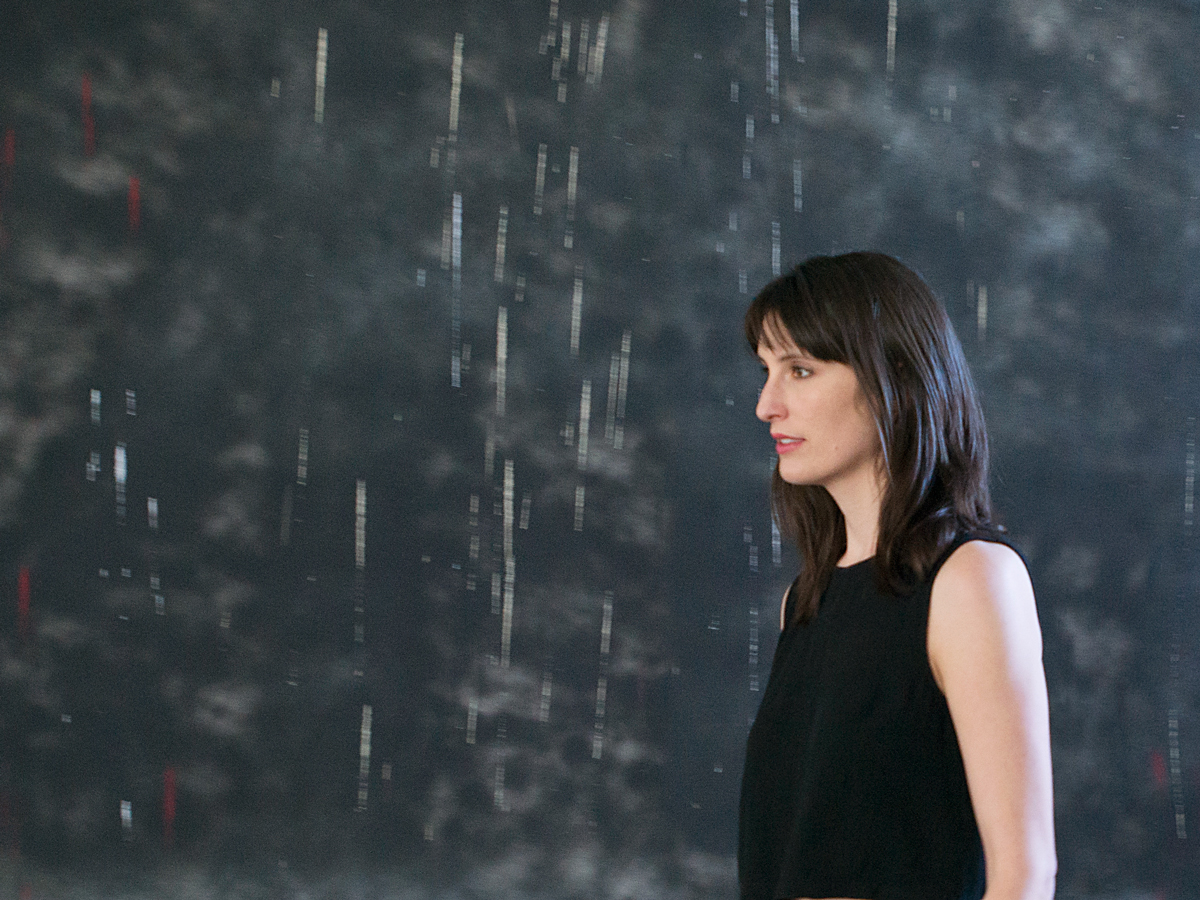If your view of the art world is framed in mystery and intimidation, you’re not alone. But that’s about to change. Local art advisor Robyn Siegel of Cynthia C. Schwartz Fine Art presents a step-by-step strategy for starting a collection.
Start hitting the galleries (no appointment required).
Siegel advises looking as long as you want and as much as you can. There’s no rush. “You may not realize it, but you’re doing the work by doing that,” Siegel says. She suggests looking at a number of mediums—photography, painting, mixed media, and sculpture—as well as a variety of styles. You will start to notice patterns of what you gravitate toward.
Art advisers aren’t just for the serious collectors. Put them to work for you—most of the time they’re free.
If you’re looking to start a collection or want to make a smart purchase, enlist the help of an art advisor. They are already doing the research, and they can point you in the right direction, take you to galleries that specialize in the styles you like, and guide you through art fairs and special events. “When someone comes to me, that’s how we start in the process, unless they are interested in a specific piece,” she says. To hire an advisor is usually no cost to the client. Their fees are commission-based. In some cases, they may ask for a retainer if they are working on a large job—filling an entire house, for instance.
Take advantage of local art events.
If you decide to start the journey on your own, take advantage of local art fairs and events, such as Two x Two for AIDS and Art in October and the Dallas Art Fair, which takes place April 15-17. (More event info on page 78.) “In an hour’s time you can learn about a lot,” she explains. “Because those two times a year are well known in the contemporary art community, these galleries are putting back key works that they want to go into Dallas collections. It’s a real gift to take advantage of those times.”
Know your budget, style , and installation location. Setting a budget within a $5,000 window is best.
Not only does it narrow down the field, but it also allows some flexibility if you find something you love. It’s a good idea to have a general idea of where the piece will hang so you can be mindful of scale and measurements; but this isn’t necessary for every purchase. “As an art advisor, my first and foremost goal is finding the piece you love,” she says. However, if you’re focusing on minute details, like specific colors, it may make the process more difficult. “The last thing I would want is someone to be frustrated in the process,” Siegel says.
There’s no need to feel intimidated—art is about having fun and exploring.
Siegel urges her clients to enter the process with an open mind. Sure, art can be a bit intimidating when starting out. She explains that many first-time buyers can get discouraged if they don’t know the language or history. “You just have to listen to how you instinctively feel. Where you end up is not where you are going to start. You have to listen to that voice and have that dialogue,” she explains. She encourages her clients to trust what they respond to. “I think it allows them to be more open, to go deeper, and learn more with art,” she says. “I would throw all the intimidation aside and dive into the deep end. You’re not committed to anything until you write that check.”
Engage art professionals and find a network.
Some first-time art buyers are nervous about walking into a gallery. Don’t be. Siegel assures that galleries are happy to have you come take a look. Strike up conversation and get to know them. “Dialogue is always really important. Have these conversations. Talk through a piece. Ask questions,” she says. Openings are also a great way to start. Find a gallery that interests you and attend an opening; you’ll feel more comfortable when you go back for a visit.
Getting involved in a local museum’s membership group is also an entré into the local scene.
“Find a museum creating programming you’re interested in and a group that’s appropriate for your age level and interests,” she says.
Handle the sale like an aficionado.
Commit to your piece. You’ve looked. You’ve pondered. You’ve finally found the one. You’re ready to have it marked as sold, but can you negotiate? There is a level of decorum, but it’s always fine to ask if they’re wiling to discount the piece. Sometimes a gallery will offer a small break for repeat customers or if they desire to build a relationship with a new buyer. However, you probably don’t want to come out of the gates nickel-and-diming, especially if you want to forge a relationship with that gallery. Typically, once you buy the piece, you have 30 days to pay. If you’re working with an art consultant, they will take care of all of the invoicing, details, and paperwork.
Hire a professional to frame, install, and light your piece.
Art consultants can coordinate these details, but we’ve also produced a handy reference guide here. An experienced lighting designer, for instance, can heighten the aesthetic of the work. Siegel says that it’s something as simple as putting a few more can lights in the ceiling, and suddenly, “your piece is singing.”







